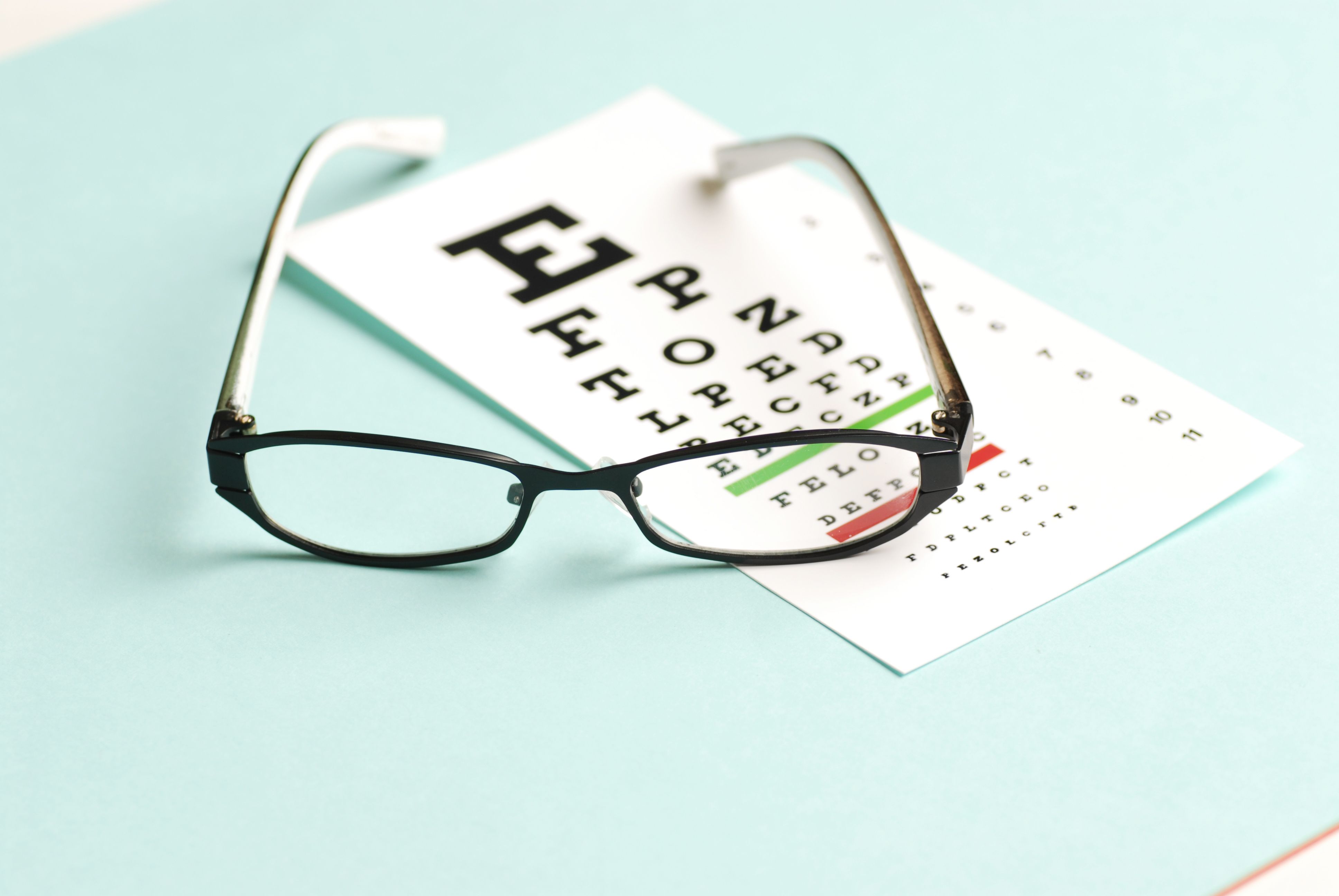Article
Children Born to Mothers with Diabetes More Likely to Experience Vision Problems
Author(s):
An analysis of registry data from more than 2.4 million births in Denmark suggests those born to mothers with diabetes were 39% more likely to experience high refractive error before turning 25 years old.

A new study is underlining the increased risk of vision problems among children born to mothers with diabetes.
With data from nearly 2.5 million individuals born from 1977-2016, investigators determined children born to mothers with diabetes were at a 39% greater risk of high refractive error before the age of 25 years.
“In this nationwide population-based cohort study, we observed that children born to mothers with either pre-gestational or gestational diabetes were at an increased risk of developing high refractive error in general, as well as specific types of high refractive error, persisting from the neonatal period to early adulthood. Children born to mothers with diabetic complications had the highest risk of high refractive error,” wrote investigators.
Using data from multiple Danish health registries, a team of investigators from China and Denmark designed the current study as a cohort study of 2,470,580 individuals born in Denmark from 1977-2016. With follow-up lasting as long as 25 years, investigators planned to use Cox regression to assess associations between maternal diabetes and the risk of high RE in offspring from birth until the age of 25 years.
Investigators noted Cox regressions models were adjusted for multiple confounding factors, including sociodemographic information and other clinical factors.
Of the 2,470,580 live births included in the study, 2.3% (n=56,419) were born to mothers with diabetes. Overall, 0.9% (n=22,235) were born to mothers with type 1 diabetes, 0.3% (n=7412) were born to mothers with type 2 pre-gestational diabetes, and 1.1% (n=27,176) were north to mothers with gestational diabetes. Initial analysis indicated 20,248 offspring were diagnosed with high refractive error during the follow-up period, including 553 offspring of mothers with diabetes and 19, 695 offspring of mothers without diabetes.
Upon analysis, results indicated prenatal exposure to maternal diabetes was associated with a 39% greater risk of high refractive error before the age of 25 (HR, 1.39 [95% CI, 1.28-1.51], P <.001). Investigators pointed out an increased risk was observed for incidence of hypermetropia (HR, 1.37 [95% CI 1.24-1.51], P <.001), myopia (HR, 1.34 [95% CI 1.08-1.66], P=.007), and astigmatism (HR, 1.58 [95% CI 1.29-1.92], P <.001). Additionally, results suggested the increased risk associated with exposure to maternal diabetes was more apparent in offspring born to mothers with diabetic complications, with a more than 2-fold (HR, 2.05 [95% CI, 1.60-2.64], P <.001) increase in risk compared to those born to mothers without diabetes and an 18% greater risk when compared to those born to mothers with diabetes but no complications (HR, 1.18 [95% CI, 1.02-1.37], P =.03).
“Although the 39% increased risk is a relatively low effect size, from a public health perspective, considering the high global prevalence of REs, any tiny improvement in this low-risk preventable factor will contribute to a huge reduction in absolute numbers of these eye conditions,” wrote investigators.
This study, “Association of maternal diabetes during pregnancy with high refractive error in offspring: a nationwide population-based cohort study,” was published in Diabetologia.




